Belle (2021) Movie Ending Explained & Themes Analysed: On the surface level, Belle is an anime adaptation of the 1756 French fairy tale Beauty and the Beast by Jeanne-Marie Leprince de Beaumont. However, dig a little deeper and it’s really an inspiring tale of grief, trauma, and hope being distilled through song. Produced by Studio Chizu, Belle employed the help of a veteran Disney animator, taking plot ques from the classic 1991 Disney animated version of the story. The screenplay was written and directed by Mamoru Hosoda, holding its world premiere at the 2021 Cannes Film Festival in July. The title literally translates to ‘The dragon and the freckled princess’, and centers on a seventeen-year-old high school student who enters a virtual metaverse in the form of a beautiful freckled princess.
Belle (2021) Movie Synopsis & Summary:
When in the real world, Suzu Naito (voiced by Kaho Nakamura and dubbed in English by Kylie McNeill) lives a somber life in the rural Kōchi Prefecture of Japan. Despite a joyful upbringing where her musical talents were nurtured by her parents, Suzu’s mother sacrificed her life to save a young child from drowning in the current of a flooded river. Since then, Suzu has lived a solitary life, growing distant from her father and resenting the fact that her mother abandoned her. The conflict of grief and anger she holds towards her deceased mother creates a vacuum inside of Suzu—one which silences her once enchanting singing voice.
One day, Suzu’s genius (yet somewhat insensitive) best friend Hiroka Betsuyaku (Lilas Ikuta/Jessica DiCicco) suggests she signs up to “U”—a computerized world where your avatar is bioengineered to the real you, only better. “The biggest internet society on history with over 5 billion registered users”, the film opens with a flashy advertisement of the app, tinged with the inescapable feeling that U is nothing more than a dystopian matrix. Though only a shell of her old self when in Japan, here, Suzu can perform and thrive once more, confident behind the mask of her dazzling, pink-haired avatar (or “AU”).
Famous as Bell—the English translation for Suzu—become in the world of U, all she can focus on is the myriad of inevitable hate comments she receives. Still, with Hiroka beside her as a bossy, slightly obsessive manager, Bell becomes a musical sensation, now known as Belle (French for ‘beautiful’). During one of her virtual performances, a violent and brooding AU dubbed “The Dragon” (supposedly ‘The Beast’) is chased by a vigilante gang of “protectors”, led by the self-righteous Justin (Toshiyuki Morikawa/Chace Crawford). The Beast manages to escape but catches Suzu’s intrigue, who decides to track down his real identity before Justin can (as he holds the dangerous power to reveal AU identities). At The Dragon’s crystallized castle, Belle grows closer to the shadowy beast, who is covered in tattoo-like bruises. Here, Hosoda subtly employs a red herring that The Dragon is really Suzu’s real-life crush Shinobu Hisatake (Ryō Narita/Manny Jacinto), who she embarrassingly avoids at school.
After being interrogated by Justin, Belle is recused by The Dragon’s AI’s and urgently tries to track down his identity. In the end, she finds it’s not Shinobu but Kei (Takeru Satoh/Paul Castro Jr.)—one of two brothers living in an abusive household in Kawasaki, Kanagawa. When he doesn’t believe Belle to really be Suzu, she bravely performs as her real, 17-year-old self while inside the U.
When Kei’s father cuts off Kei’s internet connection, Suzu travels to his hometown and protects him—the authorities being powerless for the first 48 hours. Suzu and Kei thank each other for the courage and guidance they have provided one another, and Suzu returns to her own father with an open heart, letting him know she’s back to her old, warm self. Now that she has forgiven her mother and rekindled her inner flame, Suzu can sing as herself again—without the disguise of a princess.
Belle (2021) Movie Ending Explained:
Despite the fourteen-minute standing ovation Belle received at Cannes, the third act was a little by criticised by fans. Belle’s finale follows the archetypal fairy tale ending—the hero does their saving and claims back their life; strained relationships are revitalized, and all the loose ends are tied. This is good, as it keeps the fairy-tale element—the entire foundation of the movie—constant and intact. However, a few holes have been punched in the hasty writing of the final act.
Firstly, how is it that a schoolgirl able to save Kei from an overpowering, violent father? And what happens to him afterward—are social services called? The choice to make Suzu a heroine is understandable, but perhaps more realistic circumstances should have been considered. The reconciliation with Suzu’s father lacks the punch-in-the-gut it could have achieved, due to a lack of investment in his plotline. That said, her crush and childhood friend Shinobu is released from the position of guardian so they can remain normal friends with healthy boundaries. Also, the fact Belle concludes in the real world—not the virtual one—leaves viewers on an uplifting note.
Also, Read – The Contractor (2022) Movie Explained: Themes & Ending Analysed
Is the ‘U’ Metaverse Good or Bad?
One of the first things you’ll notice about Belle is the striking visual imagery—especially when inside the shimmering, computerized landscape of U. Hosoda invites us to step inside a gravity-free world, floating with an orchestra of different colorful avatars, from animals to angels; cartoon creatures to doe-eyed princesses. It almost feels as if you’ve been shrunk down and placed inside a computer chip, what with all the neon-lit wires bending around the rectangular, upside-down cityscape. Although distinctly Japanese, the visuals do call to mind the aesthetics of Christopher Nolan: the doubled-over skyscrapers in Inception (2010) and the surreally striped 5th dimension in Interstellar (2014).
A strange balance of beauty and caution is created through the cyber universe of U; on the one hand, it’s a buzzing hub of interacting users, each able to better express themselves when in the body of a biometrically improved AU. However, it also feels dystopian, disconnecting people from reality—especially given the plush naturist backdrop of Kōchi Prefecture—and launches them into a simulated existence, consumed by hate comments and never able to fully trust who sits on the other end of the phone.
Despite this contrast of ideas, Belle never fully demonizes its virtual metaverse. The negative effects U has on the characters isn’t focused on, but simply exists for viewers to decipher themselves. Instead, Belle shows the benefits U has in giving Suzu a space to sing again, gifting her the voice she lost in real life. The montage of haters picking apart her voice and appearance (as in a virtual world like this, there is no concept of temporal-spatial restriction; everyone is everywhere and they can all shout their opinions at once, good or bad) layer on top of each other, slathered across the screen in a humdrum mix of insults and encouragement. At first, Suzu is only able to see the negativity. It’s only when Hiroka points it out as an unavoidable by-product of fame (usually stemming from jealousy) that Suzu is able to embrace her fame.
Despite its dystopian connotations, Belle’s harmonious voice transcends many of the scenes in U, bringing with it a dual sense of melancholy and hope. It’s as if her notes hang on the very air around her, as the virtual world hovers in a dance-like hiatus from gravity. The Dragon’s palace is dark, yet alluring, and even the real world is engrained with a sweeping sort of beauty. But apart from its cinematography, what else lies beneath the surface of this classic fairy tale?
Belle (2021) Movie Themes Explained:
The Beauty and The Beast:
Although the basic premise of Belle follows the template of Beauty and The Beast, there’s a lot more to it than that. The double layer of U (where Belle is the beauty and The Dragon the hunted beast) and reality (where Suzu is a shy, insecure schoolgirl and Kei is an abused teenager) already make the beauty/beast narrative more complex. Belle follows multiple story strands: Suzu’s loss of voice, rediscovered in the U; her complicated relationship with fame; Suzu and Hiroka’s search for The Dragon’s identity; Belle’s bond with The Beast; Suzu’s crush on Shinobu back home; her matchmaking of the popular girl with the sporty classmate; Kei’s traumatic home life, intercepted by Suzu; and Suzu’s growing distance from her father. But what is the story really about?
At its core, Belle isn’t so interested in a romance between The Beast and Belle. Really, it’s Suzu’s grudge over her mother that lies at the heart of Hosoda’s allegorical tale. From the start of the film, Hosoda traces Suzu’s loss of voice, confidence, and social life back to her mother’s death. Moreover, the fact she risked death for the sake of a stranger’s child, rather than her own. This resentment carries through the entirety of Belle, and it’s only when Suzu is forced to sing as herself to save Kei that she realizes her voice was still buried there all along. After this, she can re-join the choir group made up of her mother’s friends and embrace a relationship with her father again. Essentially, Belle is a story of forgiveness; of letting go of grief and grudges to embrace yourself as you truly are. After this, the rest will naturally fall into place.

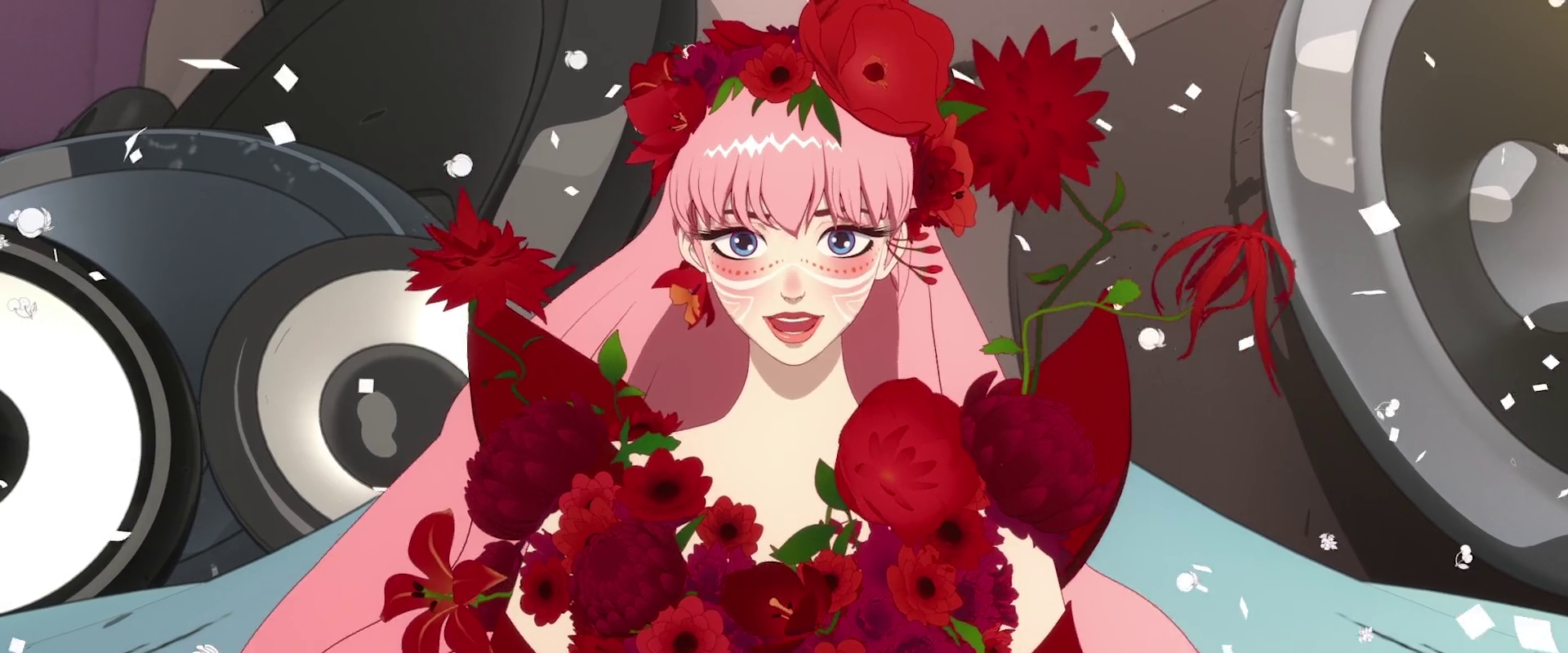
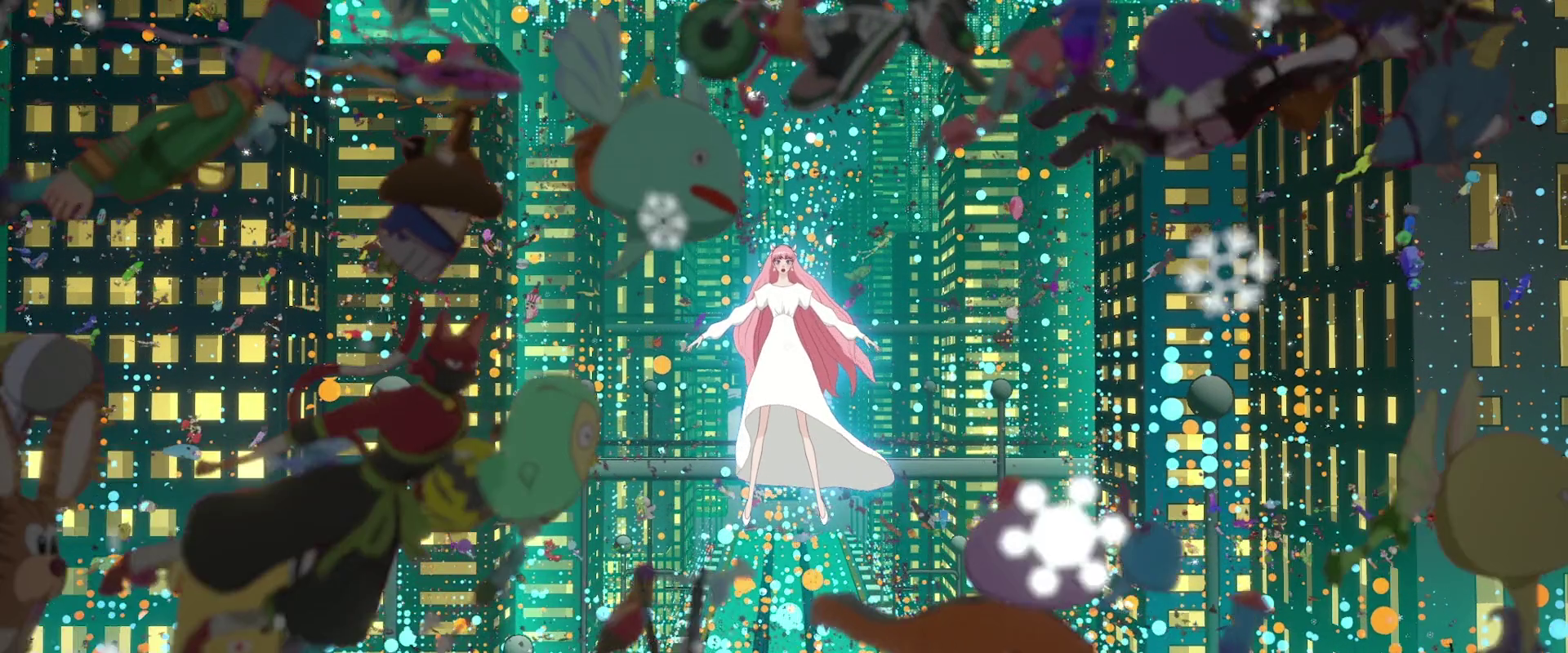


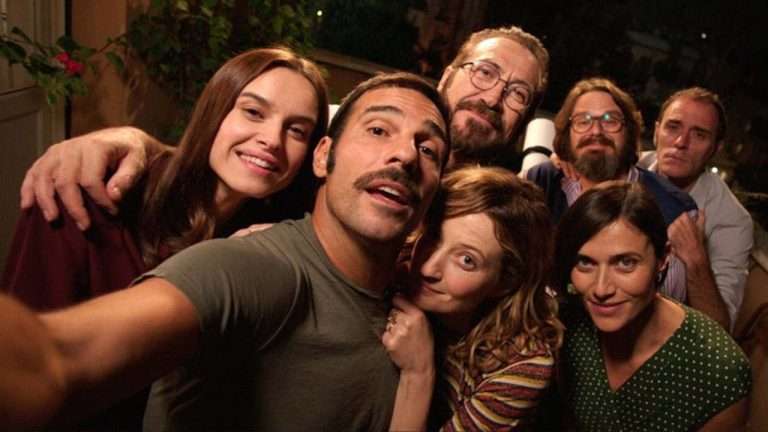
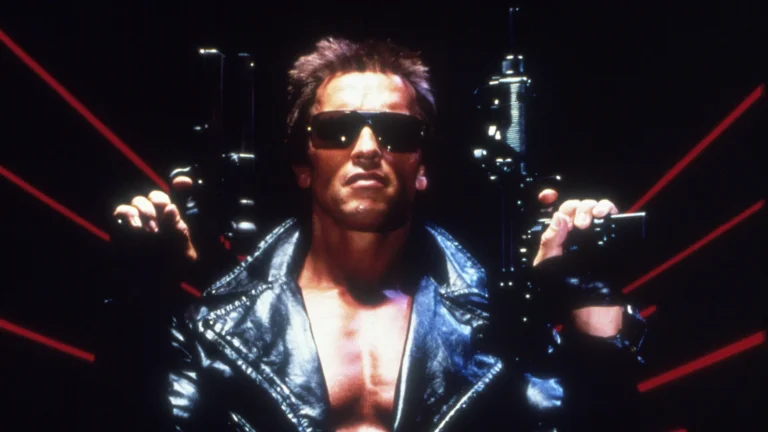
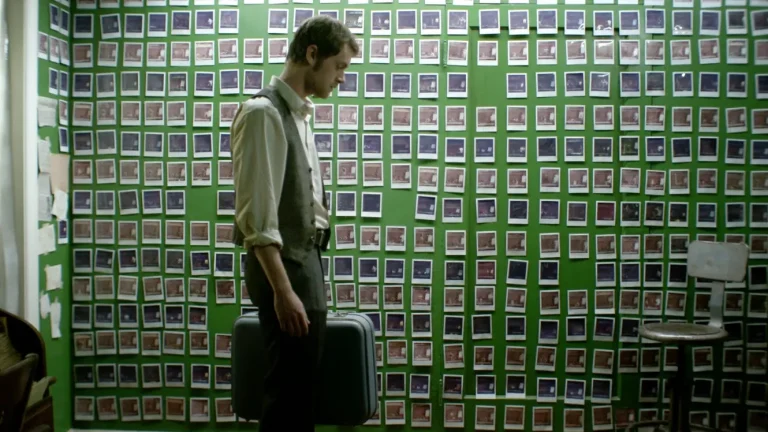
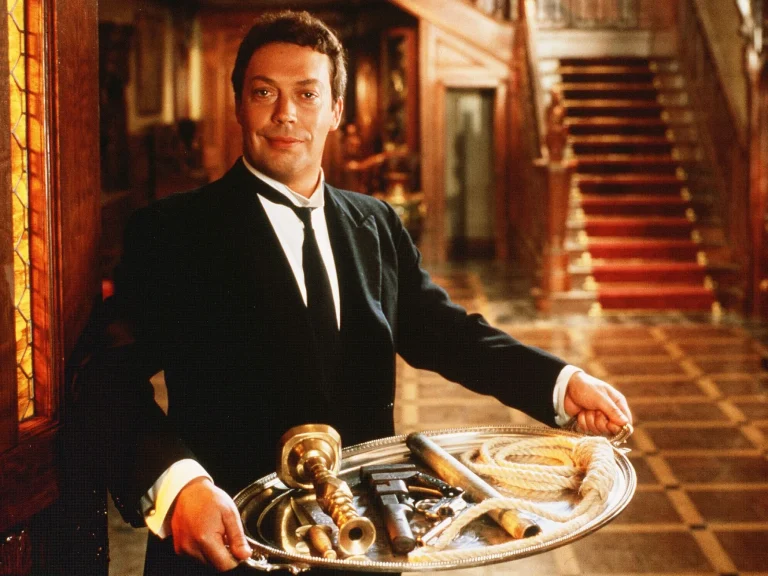
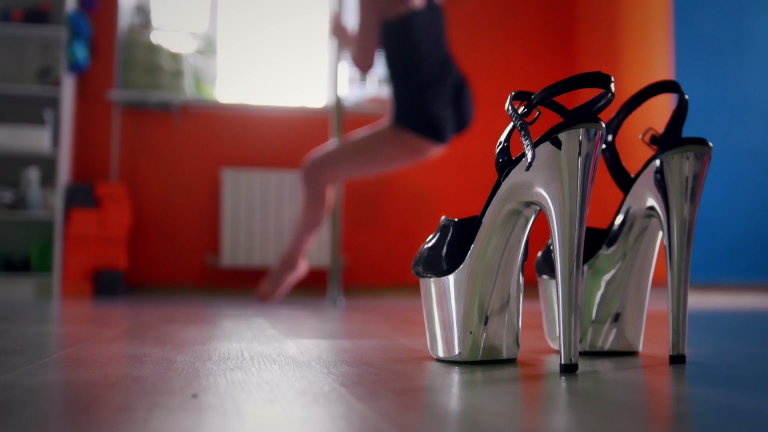
![Bright: Samurai Soul [2021] Review – A Servicable Story About Orcs, Elves, And Humans Elevated By Gorgeous Animation](https://79468c92.delivery.rocketcdn.me/wp-content/uploads/2021/10/Bright-Samurai-Soul-Netflix-Review-1-768x384.jpg)